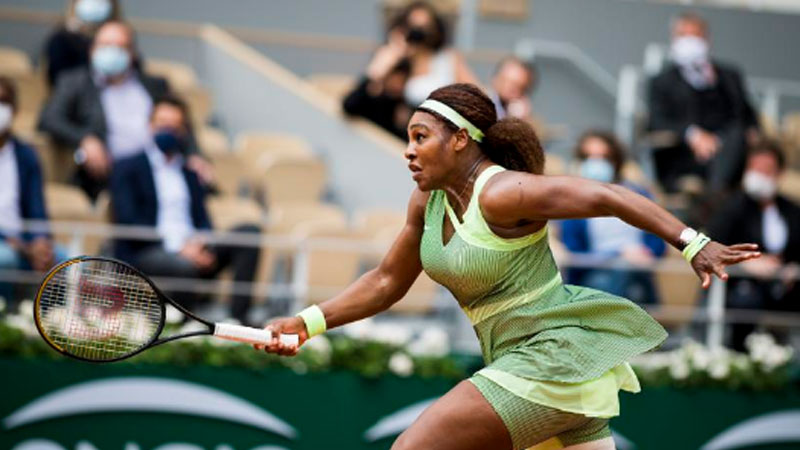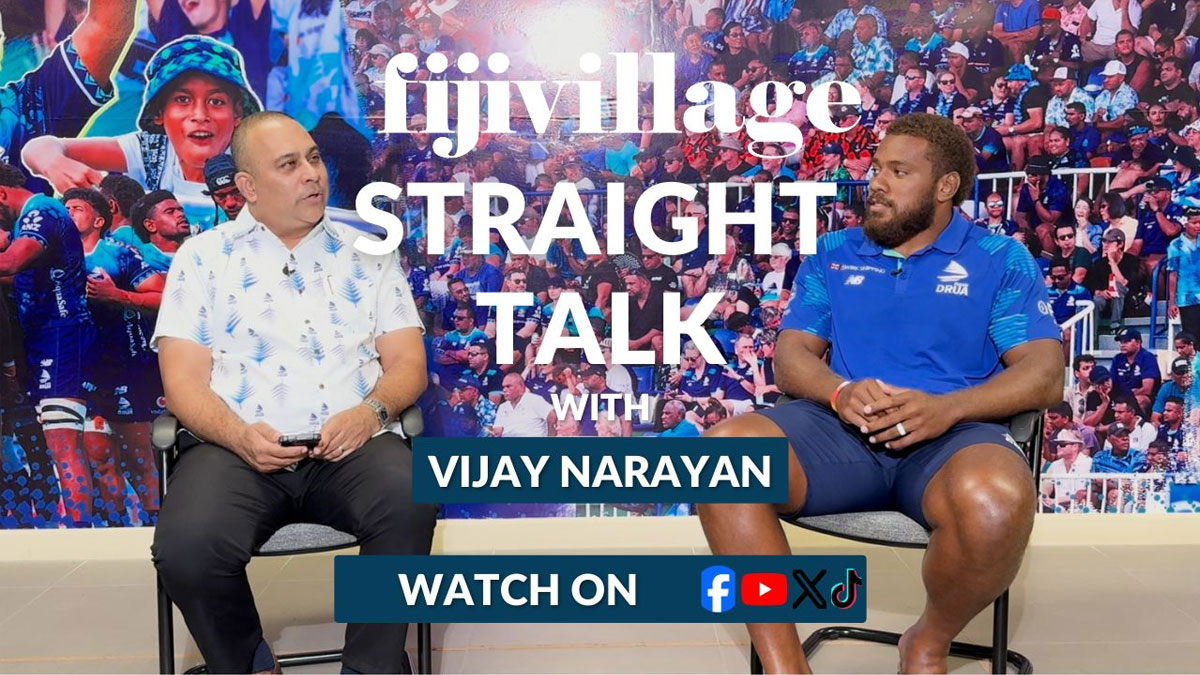
PARIS — Serena Williams’ tennis dress was green and billowed in the breeze. The tape on her right thigh was white and tight.
It was a fashion clash, surely not what Williams had in mind when she approved this French Open ensemble. But the tape was a fitting symbol of her determination and persistence at age 39.
Williams is not at her peak, and she looked rusty indeed when she returned to the tour and the red clay in Italy last month. But she is serving and scrapping her way into a much better place in Paris, and on an overcast Friday afternoon at a lightly populated center court, she produced her most convincing performance of the week to defeat a fellow American, Danielle Collins, 6-4, 6-4.
The match was less straightforward and symmetrical than the score. Collins, who reached the quarterfinals at Roland Garros last year, led 4-1 in the second set after holding serve at love. The momentum appeared to have shifted, but Williams lifted, Collins dipped, and Williams did not lose another game.
“Today in particular, this whole week thus far, I just needed a win,” Williams said. “I needed to win tough matches. I needed to win sets. I needed to win being down. I needed to find me, know who I am. Nobody else is Serena out here. It’s me. It’s pretty cool.”
The one and only Serena is now back in the fourth round of the French Open, which is not unusual for a player who has won 23 Grand Slam singles titles but is extraordinary at this advanced stage of her game.
She is the oldest woman to reach the round of 16 in singles at Roland Garros in the Open era, surpassing her older sister Venus, who was 36 when she reached that round in Paris in 2017.
“I personally can’t imagine still playing at this level at almost 40 years old,” said Chanda Rubin, a former top 10 player who is now a Tennis Channel analyst. “People get used to things, and we’re all guilty of it. You start seeing it more often, and it becomes less amazing, but what she’s doing is still amazing to me.”
Success among older athletes is all the rage with Phil Mickelson winning the PGA Championship last month at 50, Tom Brady winning a Super Bowl in February at 43 and Sue Bird winning a WNBA title last year at 39.
There is clearly a role-modeling effect underway. Venus, who will turn 41 on June 17, is fading but still on tour, playing with tape and day-to-day pain of her own yet still hitting winners past women half her age.
Roger Federer, who turns 40 in August, remains in contention at this French Open after looking quick off the mark again Thursday as he defeated his longtime rival Marin Cilic in four sets on the same patch of red clay where Williams beat Collins in cooler, heavier conditions.
Seven Americans played third-round singles matches Thursday, including four men: John Isner, Steve Johnson, Reilly Opelka and Marcos Giron. Williams was the only American to prevail, and I asked the 27-year-old Collins afterward if seeing Williams and other icons succeed late into their 30s and beyond made her view her own future differently.
“I think that should give a lot of different athletes confidence, younger athletes especially, not to put as much pressure on themselves,” Collins said. “You’re seeing some of the greatest athletes in the world have some of their best success once they’re a little bit older. I think that goes to the maturity, the experience that they have at that point. It just shows how much of sports is a mental game, more so than just a physical game. It should give players confidence to see somebody like Serena or Tom Brady or Phil Mickelson.”
Of course, Williams, Federer, Brady and Mickelson were all young phenoms before they became enduring superstars. What made them exceptional initially has helped keep them exceptional, but they have also had to adapt: training differently, eating more carefully and, in the cases of Williams and Federer, competing more efficiently.
“Serena has had to make adjustments, just like Roger, to remain a factor at the majors,” Rubin said. “Look at Roger, being more aggressive and moving in, taking on that challenge, so I think that kind of adaptability is a requirement.”
By: Christopher Clarey
c.2021 The New York Times Company
Stay tuned for the latest news on our radio stations

